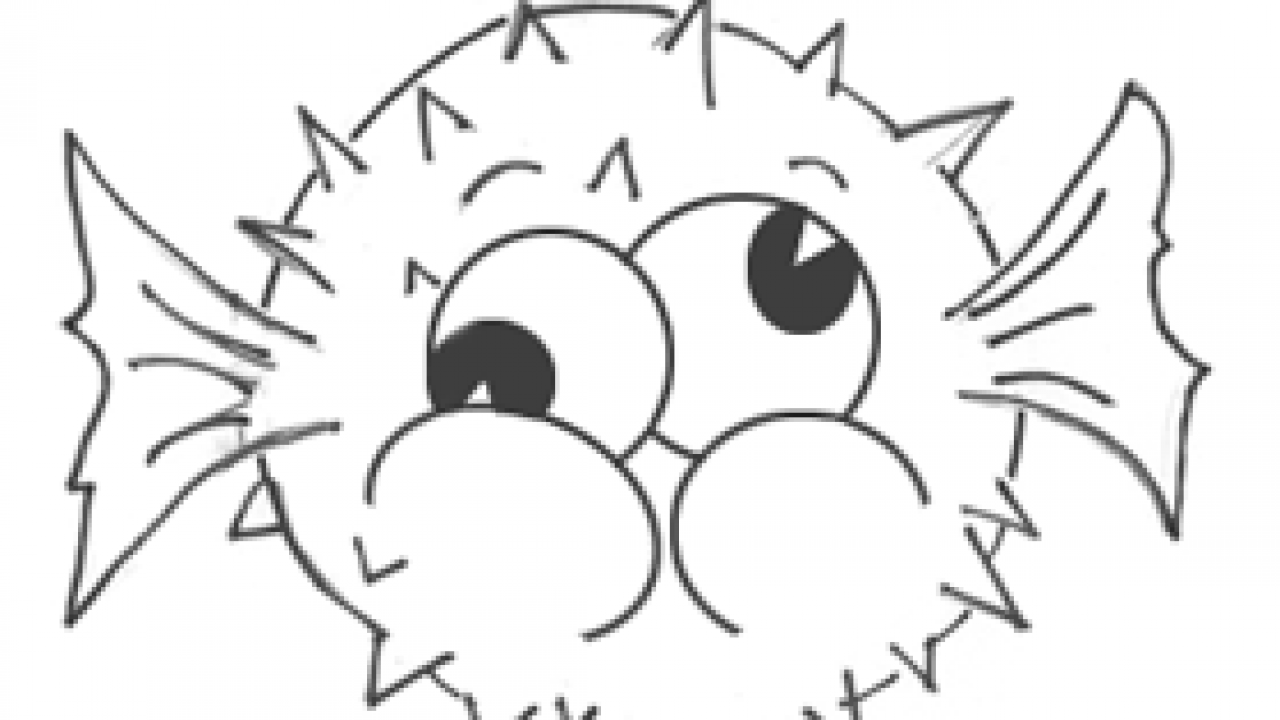


#Northern iclip fish wow how to#
The agency funds and conducts research to determine why bats are susceptible to turbines, how to operate turbines to minimize mortality and where important bird and bat migration routes are located. Fish and Wildlife Service and others are working to minimize bat mortality from wind turbines on several fronts. Addressing wind turbine mortality: The U.S.Many state and federal agencies, universities and non-governmental organizations are researching this disease to try to control its spread and address its effect. Fish and Wildlife Service and other state and federal agencies that details actions needed to investigate and manage white-nose syndrome. Disease management: Actions have been taken to try to reduce or slow the spread of white-nose syndrome through human transmission of the fungus into caves and mines, including cave and mine closures and advisories and national decontamination protocols.What is being done to help the northern long-eared bat? Climate change: Changes in temperature and precipitation may influence the species’ available suitable roosting and foraging habitat and prey availability.Arousal during hibernation causes bats to use up their already reduced energy stores, which may lead to individuals not surviving the winter. Also, cave-dwelling bats are vulnerable to human disturbance while hibernating. A change of even a few degrees can make a cave unsuitable for hibernating bats. Winter habitat loss and disturbance: Gates or other structures intended to exclude people from caves and mines, but do not consider bat needs, may not only restrict bat flight and movement, but also change airflow and internal cave and mine microclimates.Summer habitat loss may result in longer flights between suitable roosting and foraging habitat, fragmentation of maternity colonies and direct injury or mortality. Summer habitat loss: Highway construction, commercial development, surface mining and wind facility construction permanently remove habitat and are activities prevalent in many areas of this bat’s range.However, there are many wind farms operating within a large portion of the species’ range, and many more projects are planned in the future. Mortality has been documented for northern long-eared bats, although a small number have been found to date. Wind energy-related mortality: Wind turbines can kill bats by direct collision with turbine blades.Other sources of mortality: Although no significant population declines have been observed due to the sources of mortality listed below alone, they are now important factors affecting this bat’s viability until we find ways to address white-nose syndrome. Numbers of northern long-eared bats, gathered from hibernacula counts, have declined by 97 to 100% across the species’ range. Since symptoms were first observed in New York in 2006, white-nose syndrome has spread rapidly throughout the species' range in the United States. White-nose syndrome was the main reason for listing the species as threatened under the Endangered Species Act in 2015. If this disease had not emerged, it is unlikely the northern long-eared bat would be experiencing such a dramatic population decline. As its name suggests, the northern long-eared bat is distinguished by its long ears, particularly as compared to other bats in the genus Myotis.Īlthough there are many threats to the species, the predominant threat by far is white-nose syndrome. The species typically overwinters in caves or mines and spends the remainder of the year in forested habitats. The northern long-eared bat is a wide-ranging, federally threatened bat species, found in 37 states and eight provinces in North America.


 0 kommentar(er)
0 kommentar(er)
